
Don’t Wait for a Leak to Know Something’s Wrong
Many homeowners first realize their roof has a problem when water starts dripping into the living space. By that point, the roof damage is often extensive and considerably more expensive to repair than it needed to be. Spotting roof problems early is the key to avoiding costly home damage as well as making the claims process smoother in the event the damage is covered by your homeowners’ insurance. With the right approach, you can identify many warning signs from the safety of the ground—without climbing onto the roof and risking injury.
How to Spot Roof Damage from the Ground
When you give your roof a visual check, the first thing to look for is whether any shingles are missing or curling. Gaps and lifted edges are clear signs that your shingles have been weakened by forces such as age, heat and humidity, or storm impact. Next, scan your roofline for discoloration or sagging. Uneven surfaces, dips, or dark streaks can be signs of moisture damage and potential structural weakening. Around chimneys, vents, and skylights, look for flashing that has shifted or come loose; this is a common entry point for water infiltration.
Additionally, keep an eye on your gutters and downspouts: If you find a buildup of shingle granules after a rainstorm, your roof may be nearing the end of its life. Granule loss exposes shingles to the sun, accelerating deterioration. If your gutters are separating from the roofline or your siding has water stains, this is a sign that your gutter system isn’t properly directing water away from your home and needs to be repaired to prevent further damage.
Signs of Roof Damage Following Iowa Storms
Central Iowa weather can be hard on roofs, and after a storm, you’ll want to check for a few specific problems:
- Hail can dent shingles, knock granules loose, and scatter debris into your yard.
- High winds can lift or rip away shingles, especially on the edges and ridges of your roof.
- In winter, snow and ice dams near the eaves can trap melting water under the shingles, leading to leaks and long-term damage.
It’s important to address these issues promptly to head off an increased risk of leaks the next time it rains.
Avoid Climbing onto the Roof
Climbing onto your roof—particularly if it’s steep or icy—is both dangerous and unnecessary. Professional Iowa residential roofers like Hedrick Construction have the equipment, training, and experience to inspect your roof safely and give you an informed assessment of any damage. They can also examine your attic to detect hidden roof damage that you might miss from the ground.
When to Call for a Professional Roof Inspection
If you notice any of the signs described in this article, it’s time to call your trusted residential contractor. You should also get a professional inspection after hailstorms, high winds, heavy snow, or if your roof is over 15 years old. Even if you’re not sure whether what you see is serious, an inspection can give you peace of mind.
Have you spotted a problem from the ground? Don’t risk climbing up. Hedrick Construction can provide a straightforward assessment with no pressure—just honest advice on whether your roof needs immediate attention or can safely wait.
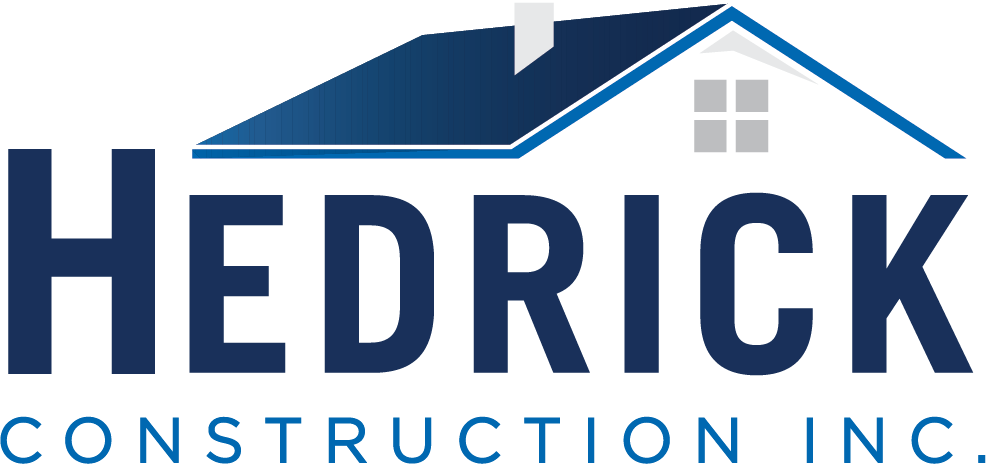

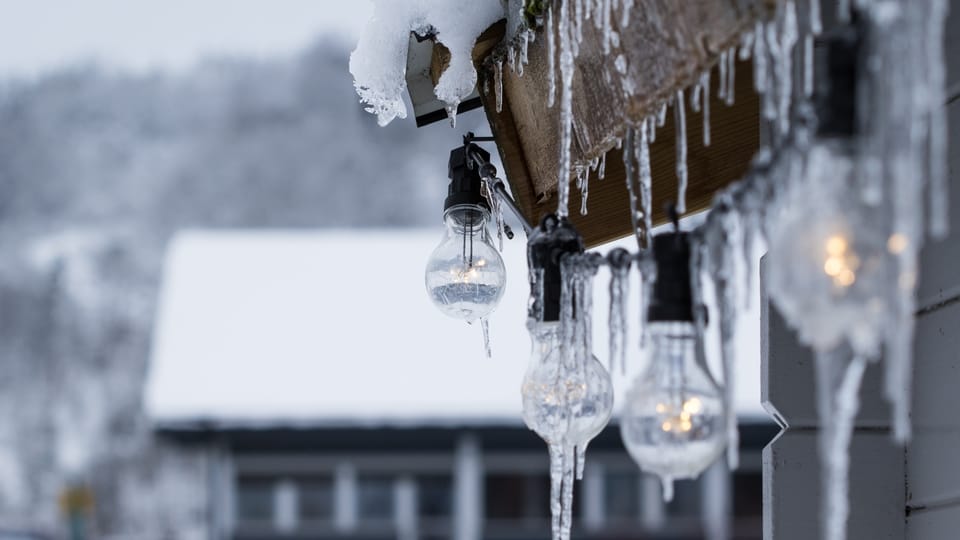
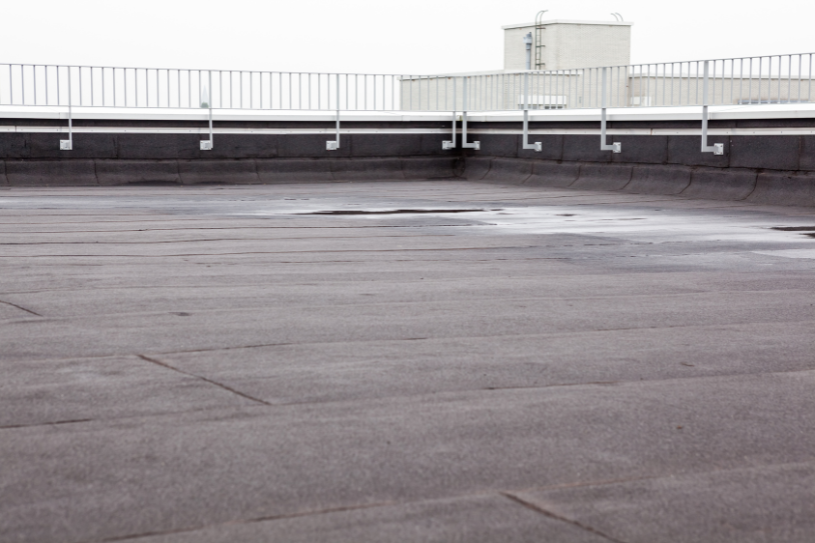
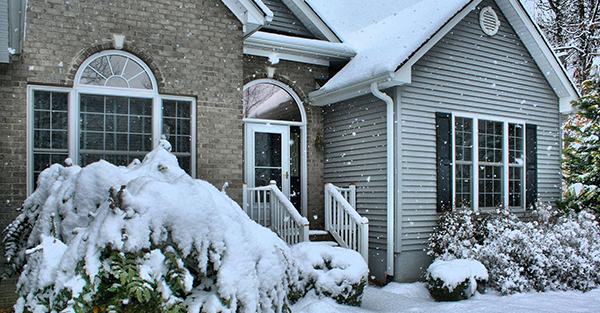
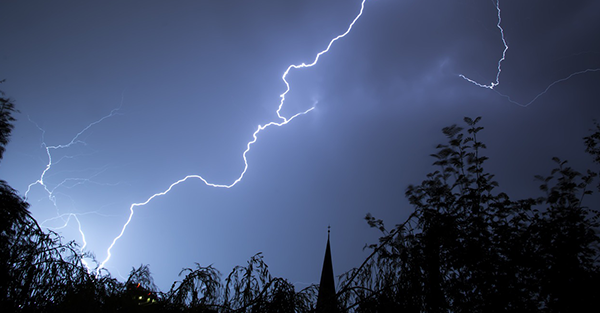

Comments